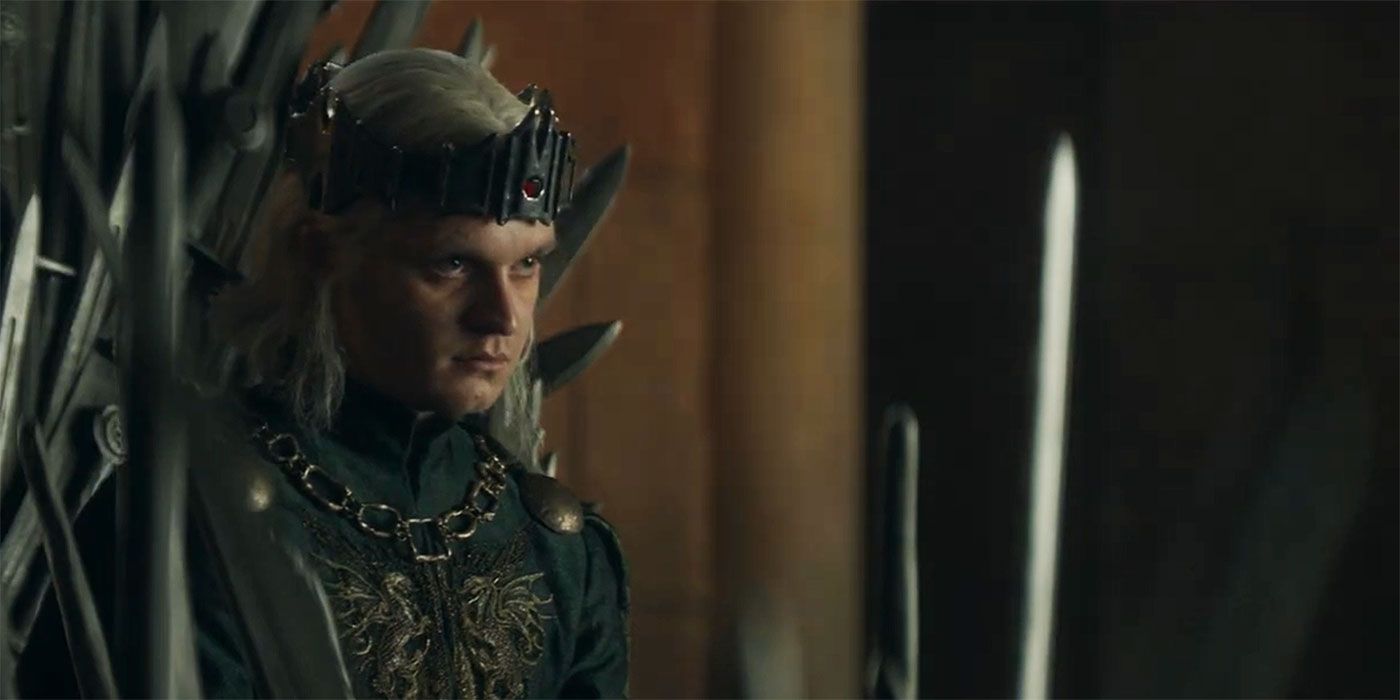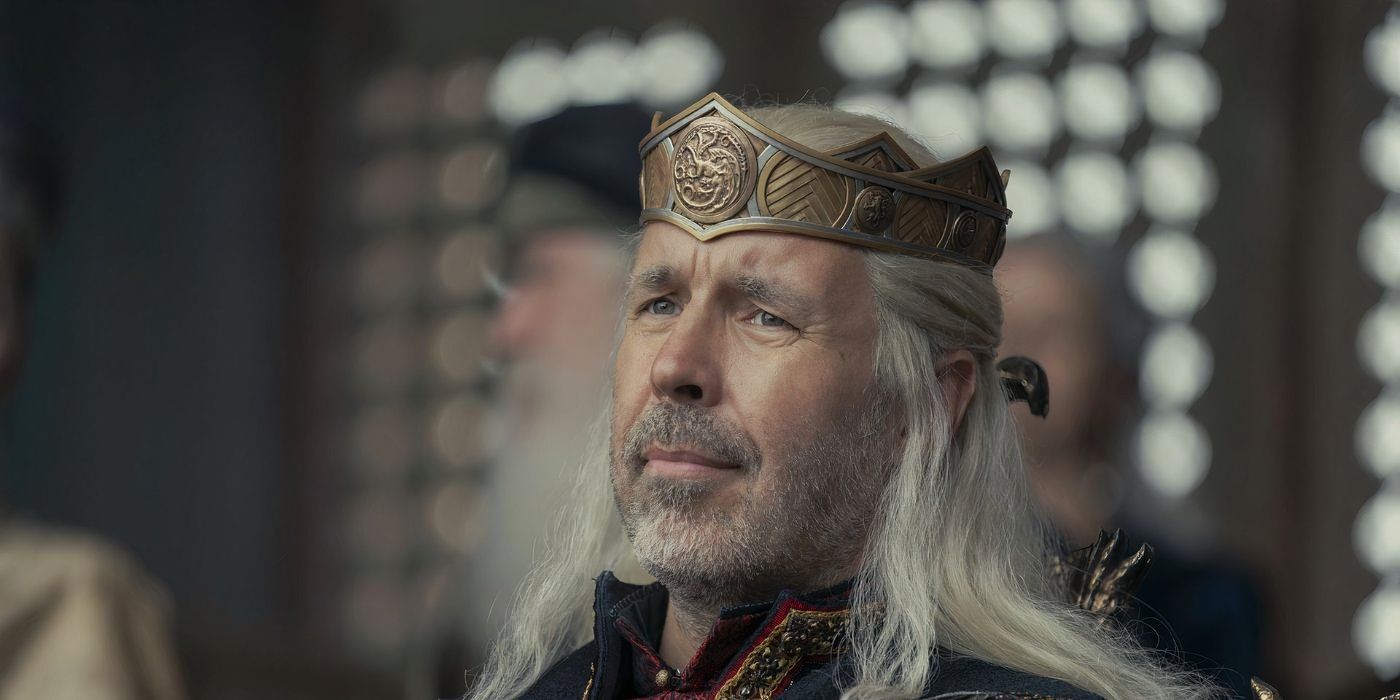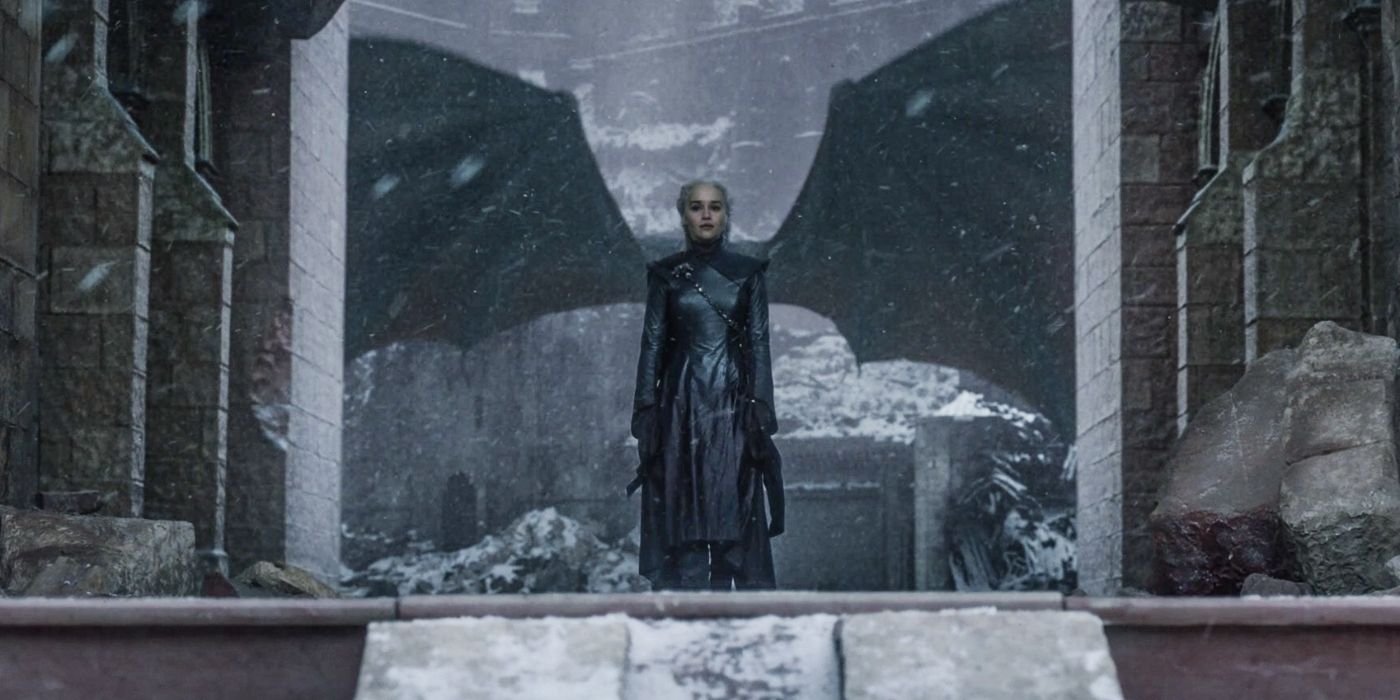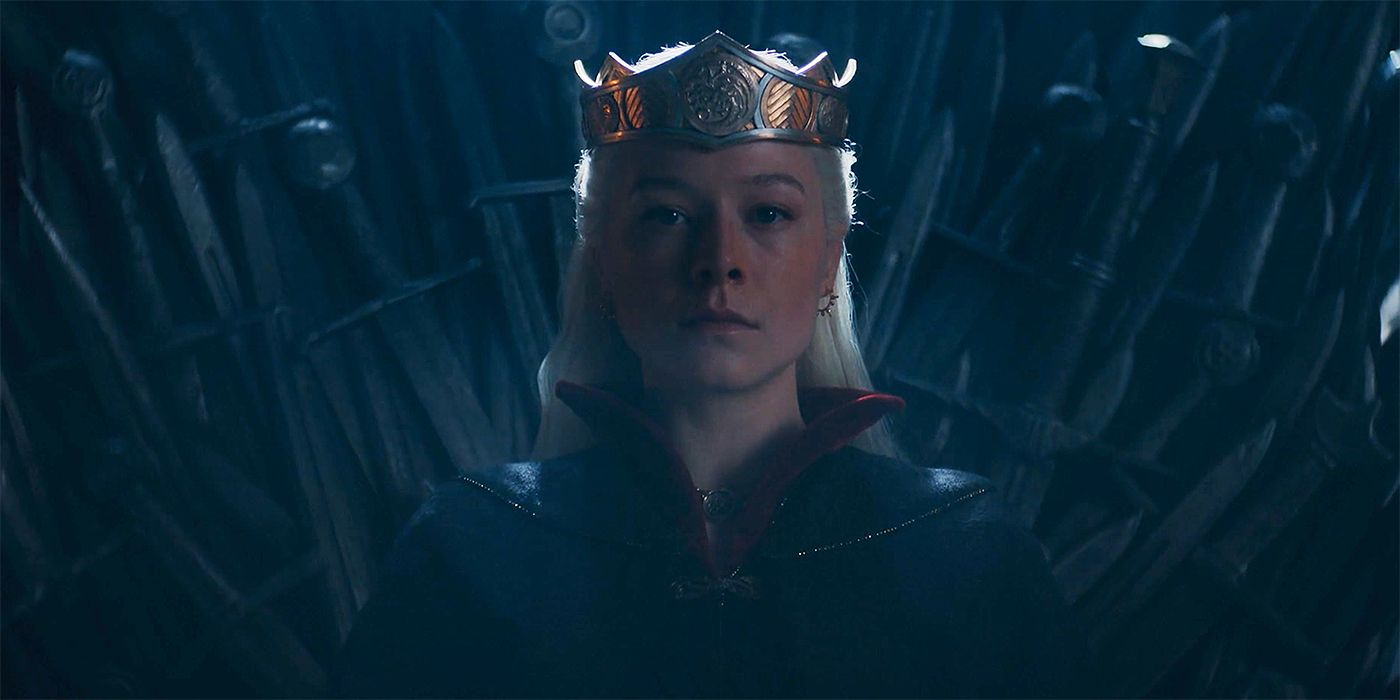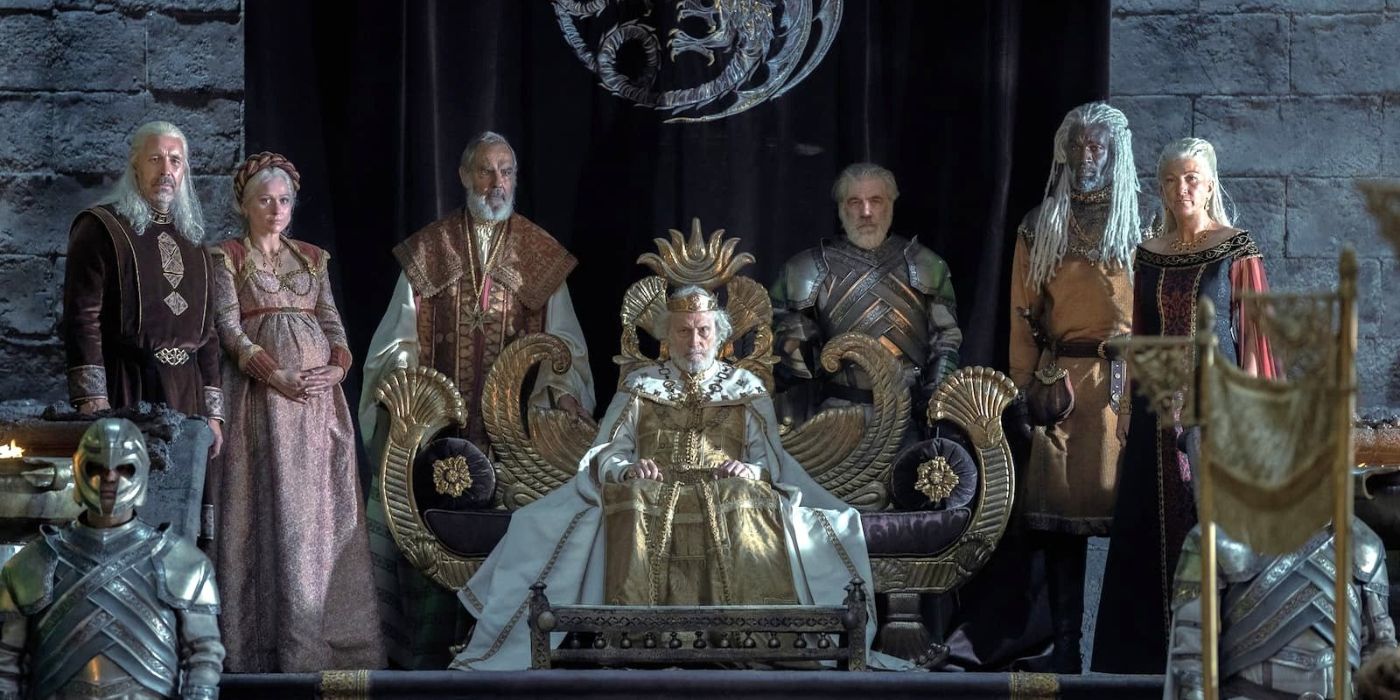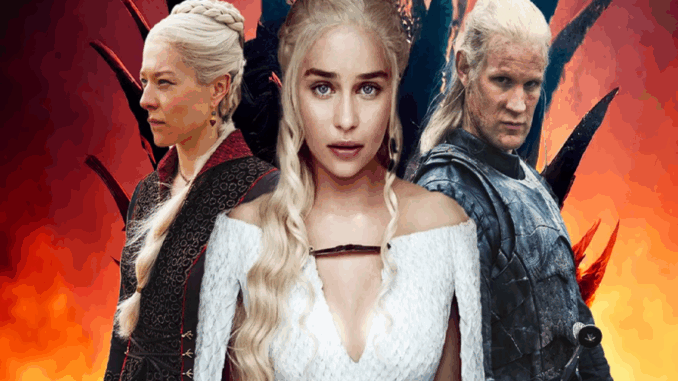
Controversial as it might have been, House of the Dragon Season 2 does tackle an age-old conundrum in Game of Thrones lore: why are there so many Targaryen royals named Aegon? I mean, it’s normal for families to name a child after another relative, but the Targaryens’ adoration for Aegon the Conqueror takes this to a whole new level. Alicent Hightower (Olivia Cooke) even started a civil war by mixing up her son Aegon II (Tom Glynn-Carney) with the original Aegon when her husband says the name during an unconscious fever dream on his deathbed. Exactly how many Aegons are there, though? Because we can’t have a civil war whenever a new one is born.
How Many Aegons Are There in Total in All of ‘Game of Thrones’?
In Alicent’s defense, we get it. Targaryens may be dragonlords and all, but it does seem like they also have very poor imaginations, because there are just too many people named Aegon to count. For example, Alicent and Viserys (Paddy Considine) have Aegon II, but, on the other side of the Dance of the Dragons, Rhaenyra (Emma D’Arcy) and Daemon (Matt Smith) have another Aegon themselves, who will also become king (spoiler alert!). By the time House of the Dragon ends, there will have been three monarchs named Aegon.
That’s a bit too much. Of course, we see it whenever a name sticks that everybody starts naming their children after it — we actually have hundreds of kids named Arya thanks to Game of Thrones. This phenomenon and the many Aegons of House Targaryen are caused by the same reason: parents want to invoke the strength of the original owner of the name. For royals, it’s also about creating a sense of continuity. Starting a war that destroys all dragons in Westeros, as Aegon II does, certainly isn’t really continuing what Aegon the Conqueror wanted, though.
Targaryen Names Usually Follow Valyrian Rules
The problem is that House Targaryen doesn’t like repeating just the name Aegon. If it were so, it would be okay, because all the Aegons actually have honorifics of their own. Aegon II is “Aegon the Elder,” Aegon III is “the Younger,” Aegon IV is “the Unworthy,” and Aegon V is “the Unlikely.” Imagine Aegon II’s situation, burned to a crisp by his own brother only to survive and be remembered as “the Elder” even though he is actually quite young. But, really, people can’t be expected to count Aegons whenever talking about one of them.
To be fair, all those names have a sort of “rule” to them, following Valyrian tradition. There was once a Targaryen crown prince with a regular name: Aegon V’s heir, Duncan Targaryen. But rules are made to be followed, and they are clear: thou shalt not name thyne heir without adding Valyrian motifs. This is why Duncan had to die, to make way for — you guessed it — a Jaehaerys. That’s also what explains the similar names filled with “ae,” “vis,” “rhae,” and “erys.” Rhaenyra, for example, did get creative within these parameters, naming her eldest sons Jacaerys (Harry Collett) and Lucerys (Elliot Grihault). There are other royals in Targaryen history named Maekar, Baelor, Rhaena, and Saera, all of whom follow Valyrian tradition.
Recycling Names Is a Historical Tradition Among Royals Everywhere
So, the tradition of recycling or reusing names of previous monarchs comes from our own history. For example, England has had eight kings named Henry and Edward, so Martin has a point. They have also had six Georges, four Williams (and are likely to get a fifth eventually), two Elizabeths, and are currently on their third Charles. And this is not just England. Portugal, for example, had six kings named João, Spain has had six kings named Filipe, and even Brazil, a country which has only ever had two emperors, had both named Pedro. So, Charles III of England is really lucky he was already famous before his coronation, otherwise, he was in serious danger of being called Elizabeth III by his subjects — or “Elizabaeth III,” if he was a Targaryen.
Season 2 of House of the Dragon is streaming on Max.
